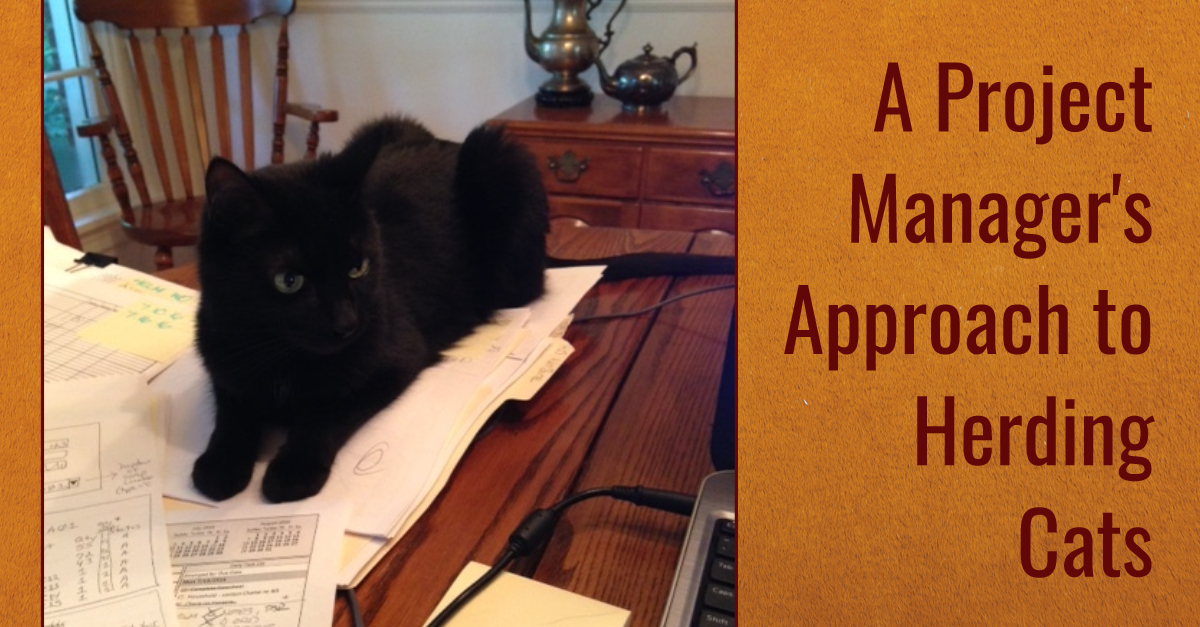Anne Hale, our Director of Client Services, and I frequently talk about how we can improve solutions, client experiences, communications – nearly anything – except Cardinals baseball (she’s more of a football girl). We were talking about some of the challenges she’s moving through as she’s starting a new project. Here are some of her thoughts…
When looking at IT Solution projects, many people think mainly about the programming or configuration of whatever code is at the core of the solution. It makes sense – it’s the heart of it. But as a project manager, I see the code portion as being only about 25% of the overall project. The code is critical, of course, but it isn’t the whole project.
The remainder of the solution project surrounds the system definition, testing, environment preparation, staff training, and business process updates. That (at a very high level) is essentially the project.
There are also varying perspectives of what defines a successful project. As a solutions implementation team, it’s been our experience that IT projects will fail (or at the very least, be incredibly painful) if data, testing, and training aren’t given significant priority, focus, and time.
From an executive’s perspective, adherence to timeline and budget are often the key factors of success. Operations managers may look to the volume of disruption to business and productivity when the new system transitions in – and performance KPIs once it’s underway. System administrators may look to the level of support burden added to their team as a measurement of success. Everyone has their own view.
My job as a project manager is to ensure that all aspects of the project (not just the coding) are done well, in the right order, at the right time – and on budget. If you’ve ever seen those YouTube videos of people trying to corral cats – then you have an idea of what my job can feel like. I joke that it’s all about containment – which in many ways – it is. But if you are going to successfully hit the other goals of the project, you need to start setting the tone of confidence, consensus, and clear communication before the ink dries on the contract. Trust me – doing this will make the project experience MUCH more positive for EVERYONE.
Confidence
Some may think having the client’s confidence would be a given since they just agreed to move forward with the project. However, my relationship with the client is usually the third one established in the process. Before me, they’ve been working with sales and then usually someone from the technical team. After working with them to agree on a system and commit to a project, they meet me.
It’s not that I’m a bad person or scary or anything (at least I don’t think so). It’s just that the principals on the project are taking a risk with their company’s money and business systems and are looking to me to make sure that I can get them to a successful implementation. They don’t know me yet – so nervous is to be expected.
And honestly, a little nervous is a good thing from where I’m sitting – because that means they are invested in making this effort a success. I like a team with a little skin in the game. They’re motivated.
Confidence takes time because it’s earned. By the time they meet me, they’ve heard about my experience with other projects and possibly talked with others who have worked with me to get a sense of how I manage. But how I behave out of the gate can set the tone for the project out of the gate.
So I lay the foundation for confidence and continue building it through establishing consensus and clear communications.
Consensus
And the cat-herding begins.
Getting agreement on any aspect of the project first requires understanding where the different players are coming from and what they need. My first step in gaining consensus is getting to know the players.
The players include the client team (functional, technical, executive, users – anyone impacted by the solution), any partners we have in the project, any client partners that have work that could impact my project, and also, my team. You may think that knowing my team would be a given. But with every project effort, I get to know them a little better – and can better meet their needs.
Some of what I’m trying to learn is what they envision for the project, for success, what some of their other experiences have been and what concerns they may have when it comes to this project. Once I have that for everyone involved, I can better position information to ensure everyone understands – and agrees.
Think of it like fielding a sports team. We first need to have an agreement across the team as to what winning looks like. Without consensus, the game may never have a “successful” end.
And the work that you did to get to the consensus, that is going to carry over into all of the other project management efforts – strategically leveraging skills and experiences, addressing areas of risk/concern/importance for different players, and finding the best means to effectively communicate with each of them.
Clear Communication
Communication is where I spend probably 75% of my time. Pulling resources, coordinating & participating in meetings, publishing notes/updates/issues, fielding questions/requests, calls, emails, texts, etc.
Volume of communication and mode of delivery doesn’t mean that the communication is clear either. What makes it clear is ensuring that the recipient understands.
“You’re not hearing me.” Is a comment that drives me crazy. If someone doesn’t understand what you’re telling them, reset your message so they do understand. Anything short of that is just laziness on the speaker’s side – in my opinion.
My boss and I frequently talk about communication and how we can improve it as individuals and as an organization. One thing that we always come back to is that (we believe) it is the responsibility of the speaker to ensure that the listener receives your message in the manner that you intended. It is my job to make sure that you get my point – if you don’t, my communication has failed.
So getting to know the players on the team is critical to communication. In getting to know them, you get to know how to successfully get your information across.
The best way I’ve found to do this is to focus on listening – really listening. Then you can continually modify your approach to improve. This takes time and focused effort. But the results are worth it.
These points of focus – consensus, clear communication, and the confidence that the first two build – are critical to my getting a project to a successful conclusion. It does mean that my role is part coach, camp counselor, coordinator – and cat herder. It often requires lots of coffee and some Excedrin from time to time – but it’s never dull!
What are some of your guiding principles on projects? I’d love to hear your thoughts.




